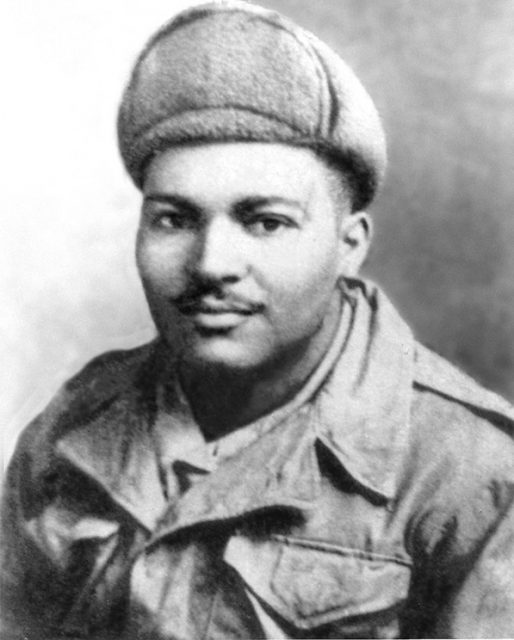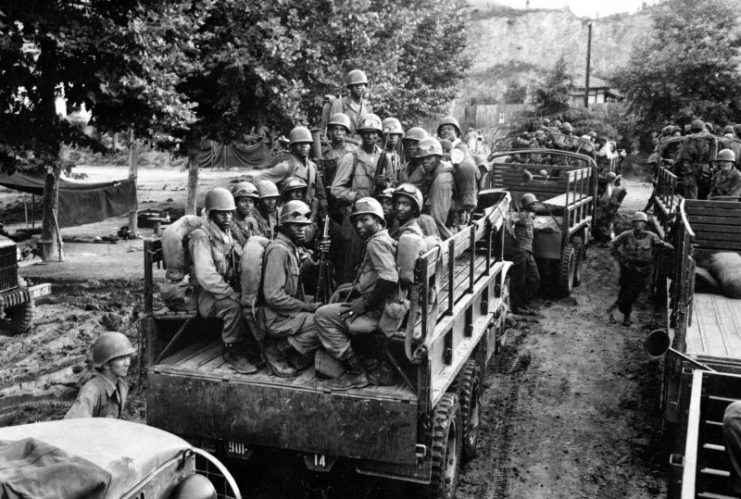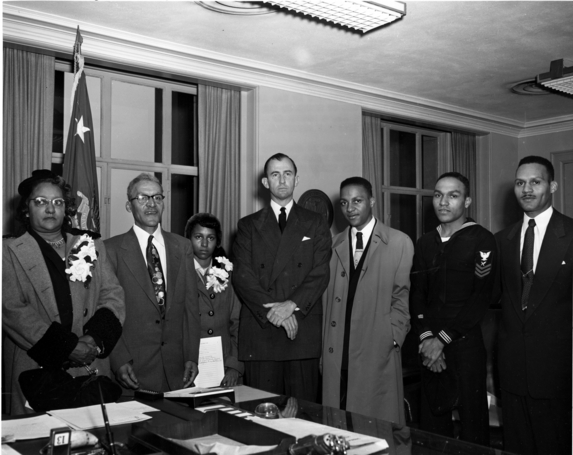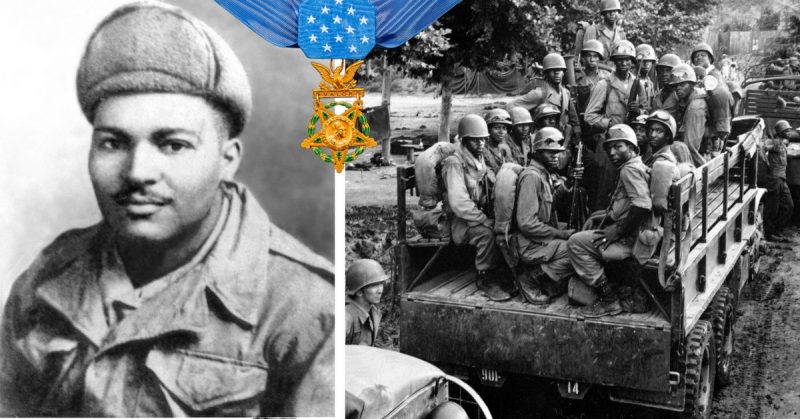Throughout WWII, young men in their teens watched as those known as the greatest generation fought for victory in the greatest war the world has ever known. Eager for their own opportunity to fight, many were disheartened when the war came to an end just as they were coming of age.
Such was the case for young Cornelius Charlton. He had pleaded with his parents to allow him to drop out of school and join early, but they refused. So when he finally got his opportunity in 1946, he enthusiastically joined the Army.
Unfortunately for Charlton’s fighting spirit, there was no war to fight. It was not until 1951 in Korea that Charlton got his first taste of the action. When he did, he left a unique mark on military history. In an attempt to capture a heavily defended hill near the village of Chipo-ri, Charlton led several charges despite a gaping wound in his chest.
Leading from the front and encouraging his men, they succeeded in dislodging the enemy from the hill. Then Charlton noticed an elevated bunker nearby dropping mortars on his men. Holding his chest with one hand and a rifle in the other, Charlton stormed the position and alone killed the enemy. Cornelius Charlton eventually succumbed to his wounds on that hill in Korea, but not before earning the nation’s highest military honor.

Eager to Fight
Cornelius Charlton was born in 1929 in East Gulf, West Virginia, the eighth of seventeen children, into a coal mining family. In 1944 they moved to the Bronx in New York City. There, Charlton began his enthusiastic pleas to his parents to drop out of school early and join the war effort. His parents refused, in part due to their desire for his welfare, but also due to the segregated nature of the US military at the time. As African-Americans, it was clear that Charlton would not be afforded the same opportunities as other soldiers.
However, when Charlton graduated from high school in 1946, his parents realized they were fighting a battle with a young man who did not know how to quit. His parents signed the papers allowing Cornelius to enter the US Army at the age of 17. The army was still segregated then, but in 1948 President Truman signed Executive Order 9981 which officially desegregated the US Military on paper. The reality is that many units remained de facto segregated and were poorly integrated.
Charlton spent his entire first enlistment in Allied-occupied Germany and then chose to re-enlist. He was posted to occupied Japan in 1950 where he was given an administrative job far from the fighting he desperately wanted to be a part of. When war broke out in Korea, Charlton again pleaded with those in charge to allow him to join the fight. In early 1951 he finally got his wish. He was assigned to C Company, 1st Battalion, 24th Infantry Regiment – one of the units that remained segregated.

Born to Lead
Upon his arrival, he was instantly recognized as a natural leader. As a sergeant, he was made squad leader and by May 1951 was under consideration for a battlefield commission. Before that could happen, however, the 24 Infantry Regiment was tasked with leading the charge up heavily defended terrain near the village of Chipo-ri. Both Chinese and North Korean soldiers had taken up positions among the hills, and they did not intend to give up easily. As C Company charged up hill 543, they found that out the hard way.
On the first charge up the hill, a withering barrage of small arms, machinegun and mortar fire rained down upon them. During this initial assault, the platoon commander was wounded leaving Sgt. Charlton to rally the soldiers for their next daunting attack. Ordering the men to their feet, he led from the front and directed them towards the enemy. During that assault, Charlton was personally responsible for destroying two enemy positions and killing six men. However, the barrage of enemy fire was too much, and the unit became pinned down.
Not one to give up on a fight, Charlton again charged from the front towards the enemy. This time Charlton suffered a massive chest wound and yet refused treatment so he could lead his men again. They were still beaten back by a slew of grenades, but Charlton was not defeated. On a third occasion and again from the front, Charlton led the way holding his bleeding chest with one hand and his carbine in the other.

Fighting to the Crest
On the third charge, Charlton and his men reached the crest of the hill. Having accomplished the goal for which they had fought and bled, Charlton believed they had finally made it. However, upon reaching the crest, Charlton realized an enemy mortar position on the reverse slope of the hill was again raining mortars down upon them. With one final act to save his men, Charlton charged the enemy position alone. He was struck by the blast from a grenade and yet, relentlessly pursued the enemy. He succeeded in destroying the bunker and relieving his men, but at the cost of his own life.
On June 2, 1951, Cornelius Charlton succumbed to his wounds, but not before earning a hallowed place in military history. For his actions that day, Charlton was awarded the Medal of Honor. His parents were presented the medal in 1952 by Secretary of the Army Frank Pace.
His burial was somewhat controversial as Charlton was not offered a plot at Arlington National Cemetery as other Medals of Honor recipients were. The US Army claimed it was a clerical error, but his family believed it was due to his race.
In 2008 Charlton finally received his due honor and was laid to rest at Arlington as a man of gallantry and action.
